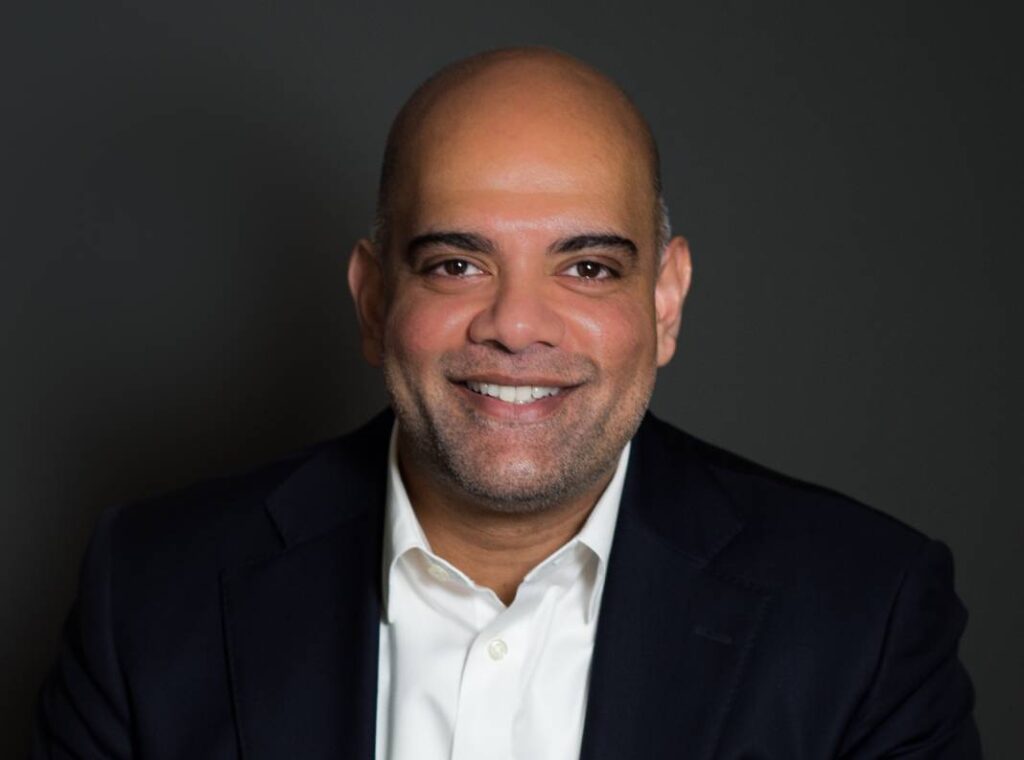Post-deal, private equity investors retain the existing portfolio company CFO only 25% of the time. But 2024 has poured gasoline on an already significant CFO attrition fire. The first half of the year has seen record demand to hire CFOs to fill historically high vacancies.
This shouldn’t come as a big surprise to anyone watching the PE space: multiples have dipped, so sponsors are fixating on performance. Many PE firms have decided that this new performance mandate will require CFOs with more significant operational and value-creation chops. Indeed, according to a prominent recruiter, “Sponsors are urging their portfolio companies to replace existing CFOs with chiefs who have the proven ability to enhance EBITDA.”
The result? A record-high number of new CFOs and a growing class of finance chiefs who must forge effective first-100-day agendas. Making these new CFOs’ jobs even more challenging is the reality that sponsor priorities have undergone a sea change. Sponsors are now:
- Deal-hungry: They’re highly motivated to start buying, even if conditions aren’t ideal, thanks to the combination of record-high dry powder and stabilizing interest rates.
- Exit-ready: They feel an urgency to distribute capital to LPs, who’ve seen historically low returns over the past few years.
- Value-creation focused: They recognize the limitations of multiple arbitrage and are looking for CFOs to drive valuation via meaningful EBITDA enhancement.
Therefore, CFOs looking to avoid the fate of their predecessors or those new to institutional ownership must build and follow a net-new first 100-day strategy.
The new first 100-day plan should tackle the urgent leaky bucket needs, address the foundational deficits of the finance organization and lay out an ambitious transformational plan to uncover hidden value.
The First 50 days: Triage Urgent Issues
- Step 1: Get exit-ready. An asset is always for sale. Sponsors are under the gun to generate returns for LPs. Getting exit-ready isn’t a three-month process. It should be a thorough investigation of the eight specific variables that will determine the company’s valuation and equity story: the tech stack; systems and data environment; accounting; quality of earnings readiness; financial and operating projections; data cube/KPIs/reporting; transaction marketing, diligence and virtual deal room; management readiness; and legal/regulatory issues. By getting an early understanding of the company baseline against the factors influencing exit price, new CFOs can prioritize a go-forward plan to get exit ready on demand.
- Step 2: Ensure cash flow can flow. Cash is the antidote to uncertainty, but PE portfolio companies tend to be short on it by design. Newly minted CFOs should kick the tires on the company’s 13-week cash-flow forecast, examine the frequency and quality of receivables and identify any large vendor, debt or one-off payments. They should also look for deathblows lurking in the near term, such as liquidity crunches. The key is proactively addressing liquidity concerns with the board.

- Step 3: Audit the Value Creation Plan (VCP). New CFOs must conduct an internal audit to determine which value-creation levers have been pulled and to what extent these levers have met their target outcomes. In addition, they need to identify the synergies and tactics that have not yet been fully realized or executed. They should engage the sponsor to ensure they work from the same future value plan. If the investment thesis hasn’t changed—great. But if it has, CFOs must not only understand the reasoning behind those changes, but they must also codify them.
- Step 4: Respond to reporting holes. CFOs and sponsors often fail to translate VCP updates to their reporting system—that’s why as soon as CFOs audit the VCP, they must similarly audit the reporting tracking it. This initial review should address content: ensuring that the finance team converts the correct data into actionable high-level insights management needs for informed decisions. But, it’s equally important to review cadence so that CFOs can provide the correct information at the right frequency to critical stakeholders.
- Step 5: Plan now for M&A later. The last few years saw an abundance of add-on acquisitions and almost as many unrealized synergies from poorly executed integrations. As sponsors eye enhanced deal-making activity, CFOS must use the first 100 days to plan for those deals, as their team will be tasked with merger integration and held responsible for demonstrating merger muscle memory. The final step of the CFO’s first 50 days should be assigning their team to design or update integration playbooks.
The Second 50 Days: Tackle The Foundational Pillars
- Step 6: Build the data engine. We used to call this step “building the data foundation.” CFOs need visibility into granular metrics to understand variances and the root cause of performance or underperformance. CFOs should leverage their CPM, BI or data warehouse systems to establish a “single source of truth” that collects and consolidates data for analysis. In 2024, however, we’re no longer at the starting point of data-enabled finance functions. New CFOs must leverage the full extent of future-state analytics, which means no longer relying on historical data; internal stakeholders need a leading indicator-based outlook for more informed day-to-day decisions.

- Step 7: Design the future-state tech stack. Step 6 won’t work unless done in concert with a system audit. To ensure systems can support leading-indicator data, CFOs must invest in a suitable suite of integrated architecture to close system gaps and drive optimized financial and operational reporting. This step may include a technology overhaul, but more likely, it will involve finding the right connective tools to harmonize older architectures. For example, does the ERP system cover core business operational and financial processes? If not, the CFO has to find the partners to build supplementary, scalable corporate performance management systems and data and analytics solutions to enable streamlined monthly close, reporting, budgeting and forecasting processes.
- Step 8: Establish integrated business planning. While periodic forecasting has always been a critical component of the CFO function, new in-seat CFOs should make cash flow an ongoing and integrated part of the cross-functional business planning process—educating, informing and developing accountabilities for company leadership. An enterprise-wide team can ensure the cash forecast is linked to the business forecast and supply and demand planning. Moreover, forecasting, when done right, will ease the budgeting process.
Beyond The First 100: Transform For Future Value
- Step 9: Identify the transformational mandate. Sponsors are looking for new CFOs to invest in proactive initiatives to find and unlock hidden value. Regarding the type of transformation they want to see CFOs lead, there’s only one rule: it must be the kind of value that moves the exit price. Whether as part of step 1 (sell-side readiness audit) or as a discrete step, the end of the 100-day plan should culminate in an identified transformation initiative presented to both the board and sponsor, alongside target investment and expected return metrics. The success of this initiative will largely be determined by the CFO’s willingness to look beyond traditional financial reporting responsibilities and dive into operational and financial efficiencies to improve working capital.
The first 100 days should be spent evaluating the finance function to ensure it has the expertise and resources to support steps one to nine. CFOs should assess the team to ensure it is well-rounded and built to scale. They would be wise to invest in professionals who can navigate the organization’s data and systems. Finally, CFOs must consider external partners that best support data and transformational initiatives.







